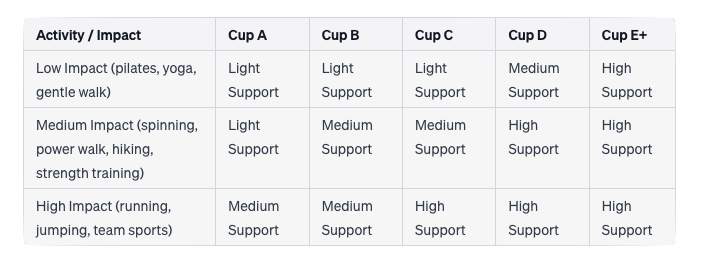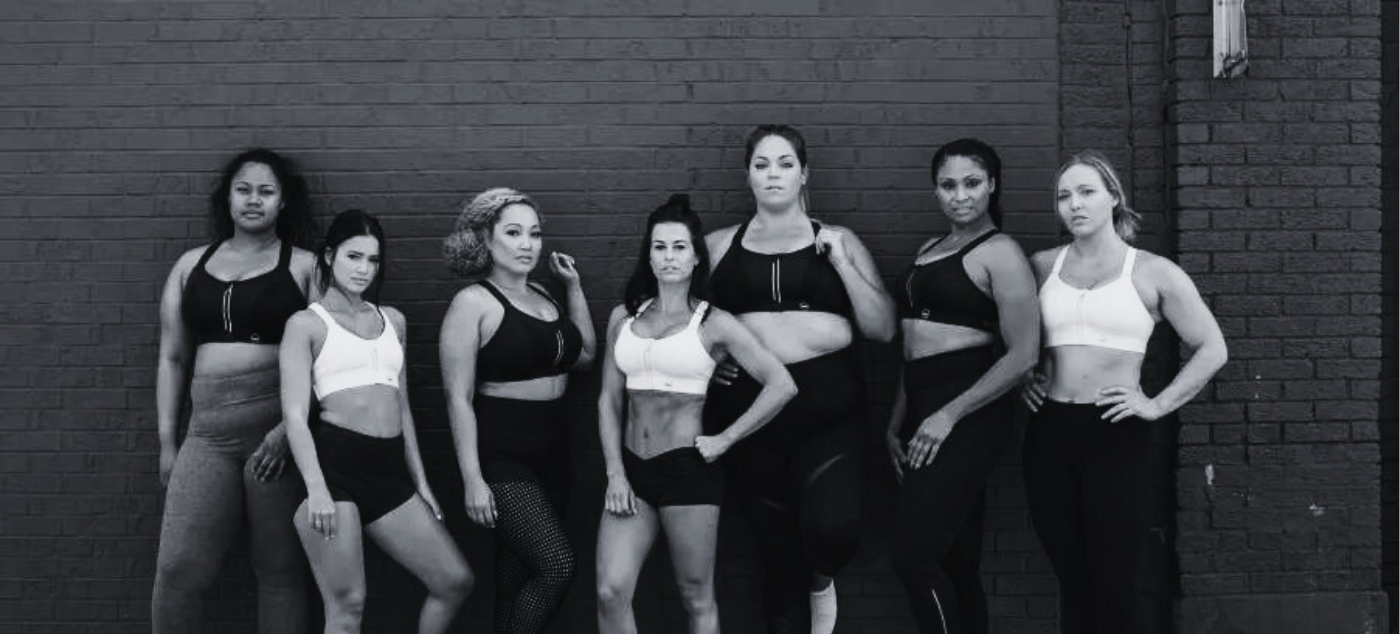As a female runner, finding the right sports bra is just as important as having the right running shoes. But many women don’t realize the impact an ill-fitting or unsupportive bra can have on performance and comfort. Recent research has shed light on this overlooked factor and how sports bras can make or break your personal best.
We all know that breasts bounce when running—it’s simple physics. But studies show that excessive bounce and movement can actually lead to changes in running form and technique. One 2018 study found that breast movement causes compensations in the body that affect areas like knee stiffness and stride length. Runners with proper sports bra support had up to 5% more knee stiffness compared to those without, which is associated with better oxygenation, performance, and fewer injuries. Another study found that female runners can shorten their stride by up to 4cm (~1.5in) when breasts are unsupported. That could mean adding a mile to a marathon! 😲 No thanks!
Breast Size Matters
It’s not just about support—breast size itself plays a role. Research shows that smaller-breasted women tend to achieve better marathon finish times compared to larger breasted runners.
One study estimated that each additional cup size could result in a time increase between 4.6 and 8.6 minutes in a marathon. Yikes! Of course, body shape is not the only factor, but it’s clear that larger breasted runners are at a disadvantage without proper support.
Sports Bras Are Not One Size Fits All
Here’s another key point – when it comes to sports bras, one style does not fit all. The most common type is compression bras, but these may not be ideal for many runners.
In a study of British Olympic athletes, 32% changed their preference to an encapsulation style bra after testing, citing better support. Encapsulation bras have separated cups and use a cradle-like design to provide support. Every runner’s body is different, so it’s important to test different bras to find what works for you and your specific needs. Don’t settle for what’s most readily available.
How to Choose the Right Sports Bra for You?
- Identify the BAND size. Using an everyday bra, raise your arms:
- If it rises: go down a size
- If it digs in: go up a size
- If it fits well: keep the size
- Identify your CUP size:
- If you have extra space, go down a size
- If you have overflow, go up a size
- If it fits well: keep the size
- Align your activity and size with the type of bra (compression or encapsulation) using the next table

Better Support = Better Performance
At the end of the day, the research shows that proper breast support can have a real impact on running performance. One study found that appropriate bras can improve speed by up to 7%! For longer distances like a marathon, those minutes can make all the difference in meeting a goal or PR. So invest in yourself and your running future by finding a sports bra that ticks all the boxes – comfort, fit, support, and performance.
Your comfort is key, but don’t underestimate the difference the right bra can make in how you feel and perform on your runs. Take time to analyze your needs and try different options until you find your perfect match. Don’t let breast bounce hold you back from being your best! 🏃♀️
References
- “A Good Sports Bra Can Improve Your Whole Running Technique.” Scimex. Link
- Scurr, J. et al. “Magnitude of Multiplanar Breast Displacement Varies with Breast Support and is Related to Exercise-Induced Breast Pain.” Universidad de Portsmouth. PDF
- White, J. et al. “Do Women with Smaller Breasts Perform Better in Long Distance Running?” Universidad de Portsmouth. PDF
- Scurr, J. et al. “A Multi-Phase Intervention Study Investigating Bra Fit and Breast Support Requirements for Female Athletes.” Universidad de Portsmouth. PDF
- White, J. et al. “Greater Breast Support Associated with Reduced Oxygen Consumption and Increased Running Economy.” Breast Biomechanics Research Center, College of Health Sciences, University of Memphis. Link

